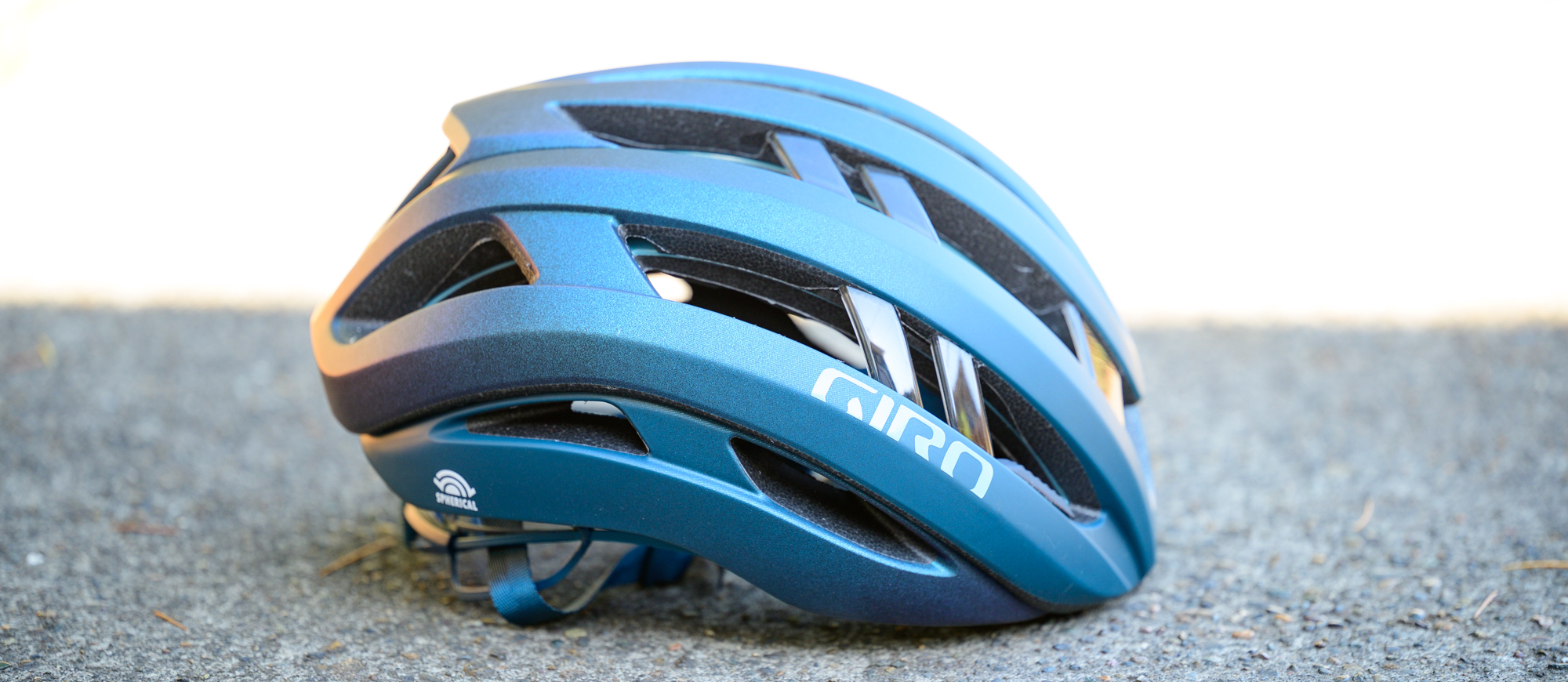Cyclingnews Verdict
The Giro Aries currently has the number one spot on the Virginia Tech bike helmet testing list. That goes a long way to making the case for any helmet but Giro also has the best integration of a rear light, a stylish design, and it's airy. Downsides are small but it does have more road noise than the Giro Eclipse and it's not lighter despite having more vents.
Pros
- +
Comfortable padding
- +
Rear light integration
- +
Excellent cooling
- +
High Virginia Tech Score
Cons
- -
Road noise
You can trust Cyclingnews
Retail price: $300 / €320 / $499 AUD / £289.99
Available colours: Canyon/SRAM, Matte Ano Blue, Matte Ano Harbor Blue Fade, Matte Black, Matte Carbon/Red, Matte Metallic Coal/Space Green, Matte White
Rotational Impact technology: MIPS Spherical
Weight: 280g as measured in size M
Somewhere around five years ago there started to be a split in high-end cycling products. One side was aero even if it meant sacrificing weight. The other side was weight first even if that meant a less aero profile. Since then, things have come back together a bit. Bike frames especially have come back to centre with even the lightest climbing bikes usually claiming aero credentials as well. Helmets haven't been immune to any of these trends.
Our list of the best road bike helmets has some options focused on aero performance and others that allow a bit of an aero penalty in exchange for lightweight and cooling performance. When it comes to Giro, I've actually featured both options. While the Giro Eclipse is the aero focused choice, the latest model from Giro is actually the cooling focused Giro Aries Spherical helmet.
The Giro Aries Spherical takes a number of strategies the brand developed in previous models and moves them forward. Like The Aether Spherical before, there are numerous vents and a lightweight design with cooling as the primary design driver. This time though Giro has taken some of the latest aero concepts and put them to work in a way that makes sense in an all-around helmet. If you prefer big vents and worry about cooling in your helmet, keep reading to see if the Giro Aries Spherical makes sense as your next road or gravel bike helmet.
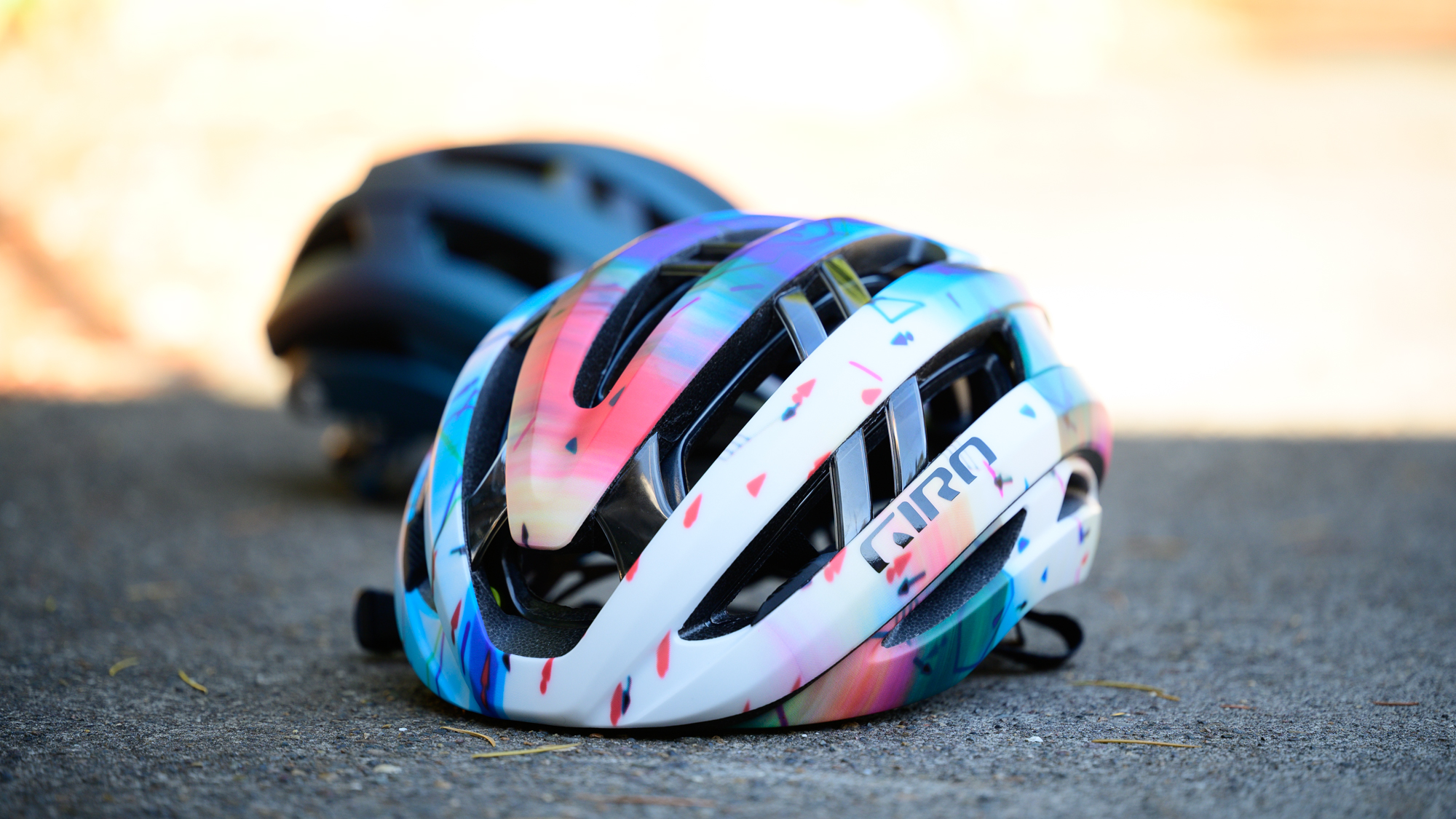
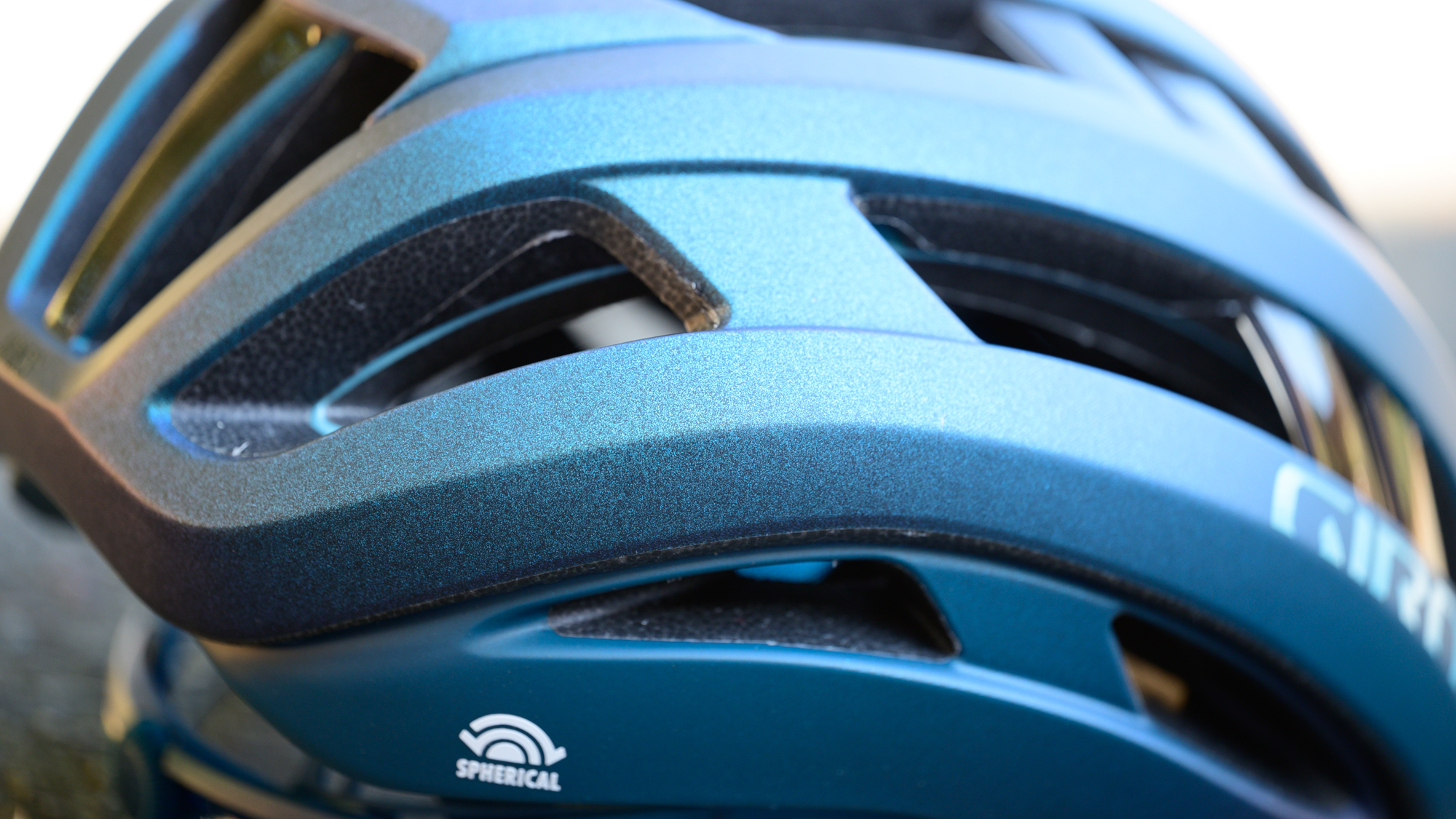
Design and aesthetics
For a lot of people, aero helmets are divisive. If you count yourself in that group, the Giro Aether Spherical is already going to be an attractive option. The kinds of smoothed shapes that are a hallmark of that style of helmet are missing in the Aires. Instead what you'll find is a fairly traditional shape with what Giro claims is 24 separate vents. In reality that count is a bit optimistic on the part of Giro but the reason the brand counts like that has to do with the innovation that makes it all work.
In order to hold the structural integrity of the helmet, Giro uses three transparent bridges the brand refers to as the Aura II Reinforcement Arch. If you want to find 24 total vents in the design of the Aires you've got to count the space between the arches but that doesn't make a lot of sense. The arches are incredibly minimal.
The upper section of the Aries has five large vents that leave the entire upper section open to vent heat. To make such an open design work, the Auro II reinforcement arch is a pair of thin transparent plastic bars that bridge across the vents. Each one has an edge that curves down to adder further rigidity but there is space between the paired bars. This is an update from the previous Aura design on the Aether which was only a single larger piece and it's also the reason for the discrepancy in vent count. Giro claims the updated design is roughly 5% lighter than the design seen in the Aether, my copy hit the scale at 280g in size medium, but it's also thinner and doesn't block air at all. It's so good that I would consider the five large vents at the top of the helmet as only a single vent each. That's how it looks visually too as the transparent arches are set down slightly and don't break the lines of the seven available colour combos.
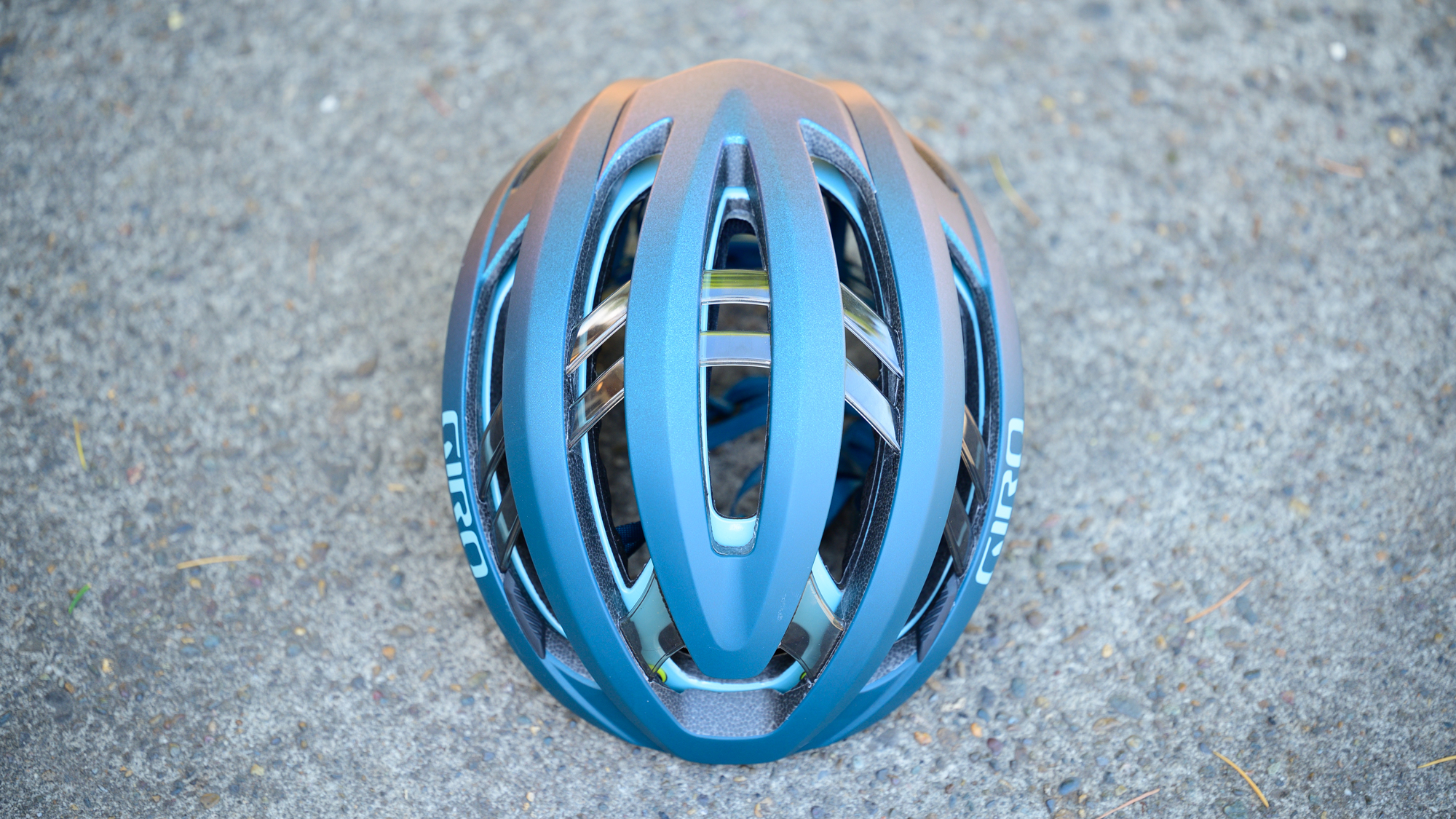
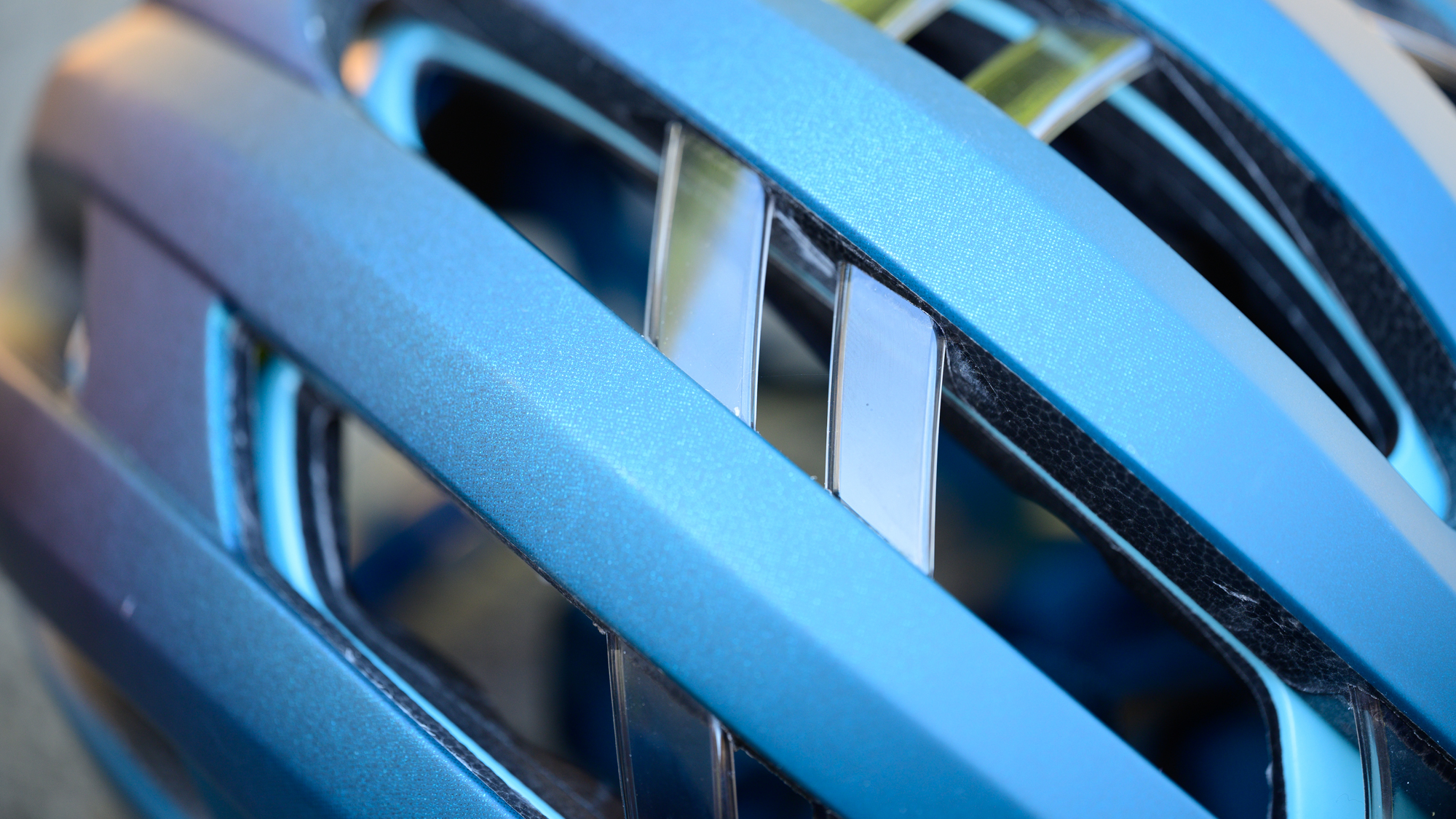
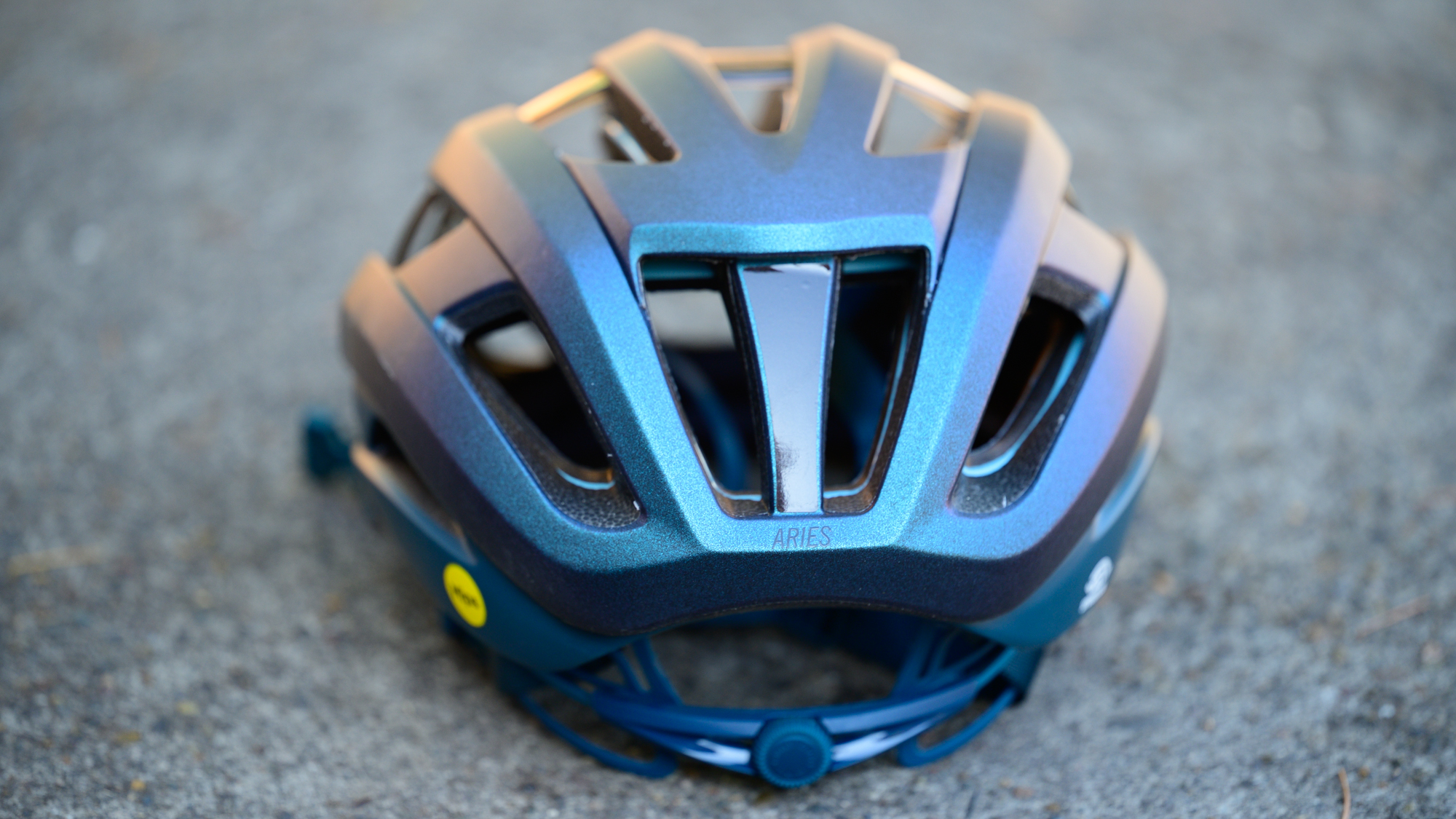
However you want to look at it, it's ultimately not that important. Those upper vents allow for a feeling of cool air against your scalp at low speed but the brand pulls from aero designs to further aid cooling. Like an aero helmet, there's a large front inlet and a series of four large exhaust outlets at the rear. The internal channelling helps move the air through the helmet as you ride and Giro has also managed to reduce the front area compared to the Aether. Combine these aero features and Giro claims both a 2.3% improvement in cooling efficiency as well as a 4% reduction in aerodynamic drag.
The latest race content, interviews, features, reviews and expert buying guides, direct to your inbox!
If those numbers seem small, that's because they are, but Giro does have a blockbuster number up its sleeve, and that is the Virginia Tech Score. On that front, the Giro Aries Spherical claims the number one spot.
Virginia Tech is an independent helmet testing facility, based out of Virginia Tech University, that looks beyond the direct linear impact resistance mandated by industry standards and incorporates rotational impacts into its testing. It is one of only a handful of facilities in the world to independently test helmets in this way and then rate their performance.
A big part of the Giro's performance in these tests is the Spherical name and the corresponding design of the outer shell.
Spherical is a MIPS technology that is unique to Giro helmets. It's been a couple of years since most MIPS systems consisted of a bulky yellow internal liner. Instead, most have now moved to solutions that allow the padding to shift against the helmet without a liner. With Spherical, MIPS and Giro have gone in a completely different direction.
Instead of focusing on a system inside the helmet, Spherical rethinks the outer part of the helmet. Giro helmets with Spherical technology use a ball and socket design. The inner and the outer section have the freedom to shift against each other by as much as a few millimetres. This solves any rotational safety needs within the shell. By extension that leaves the designers free to handle the interior of the helmet in the way that works best for cooling and comfort.
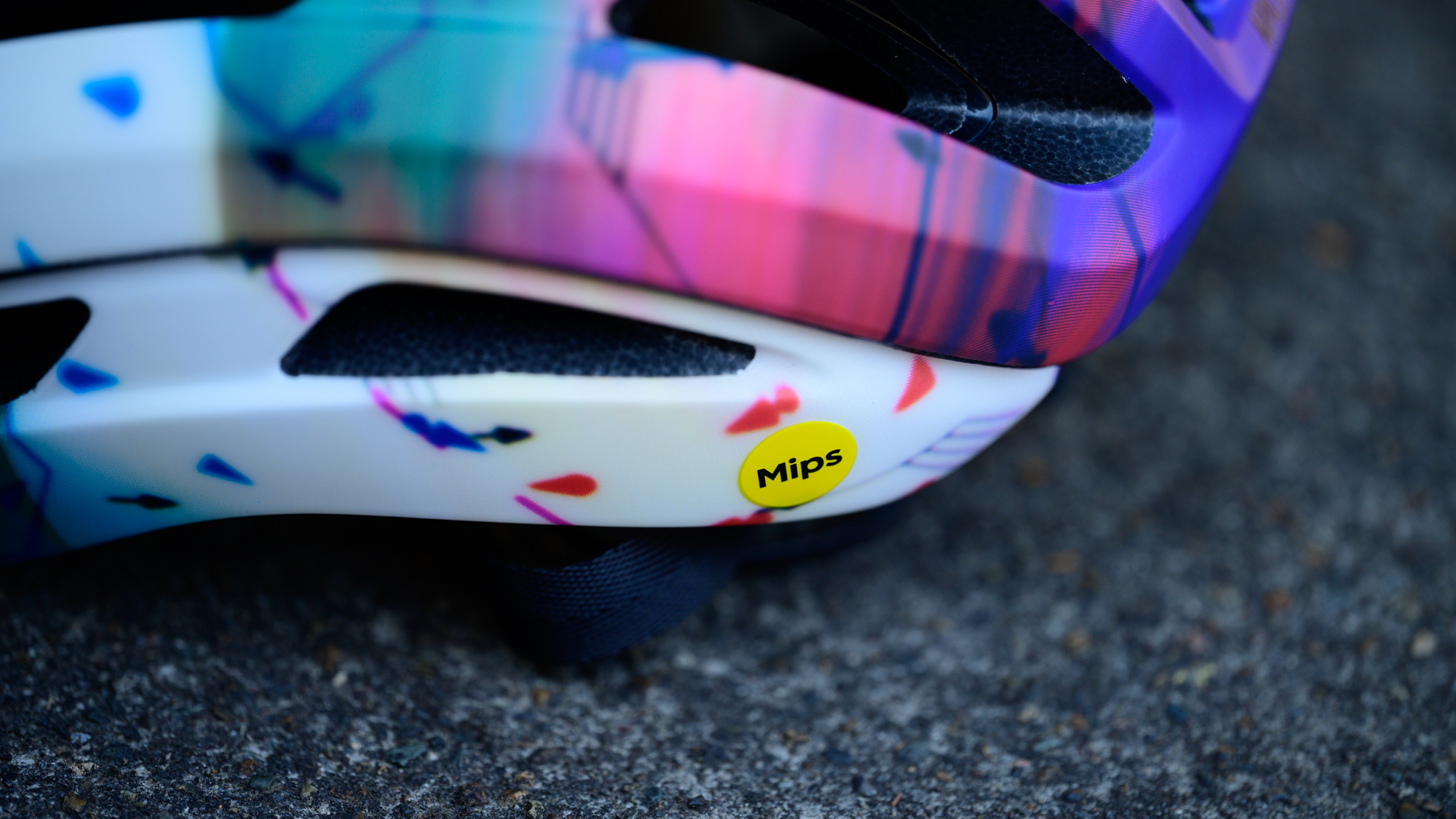
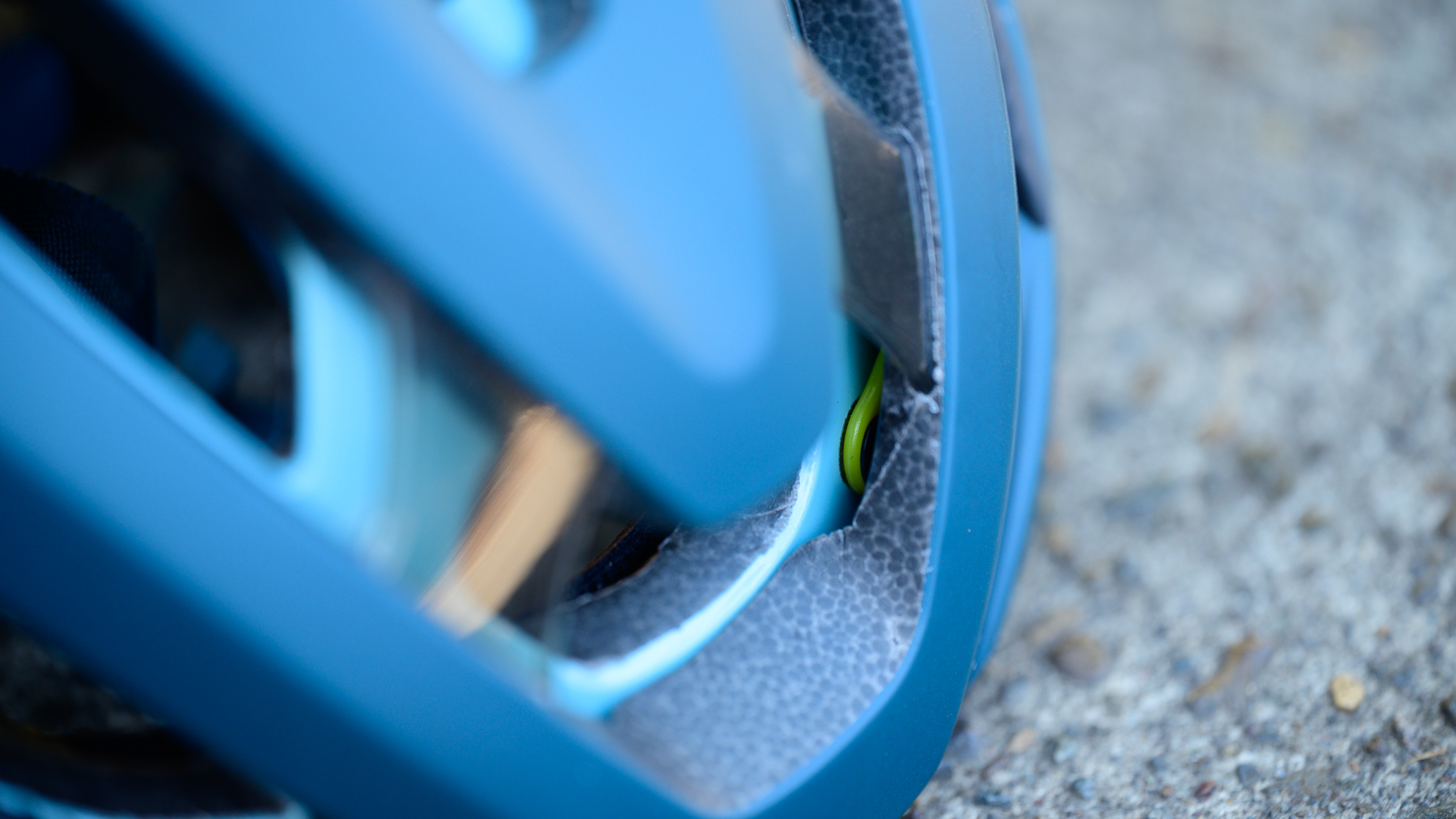
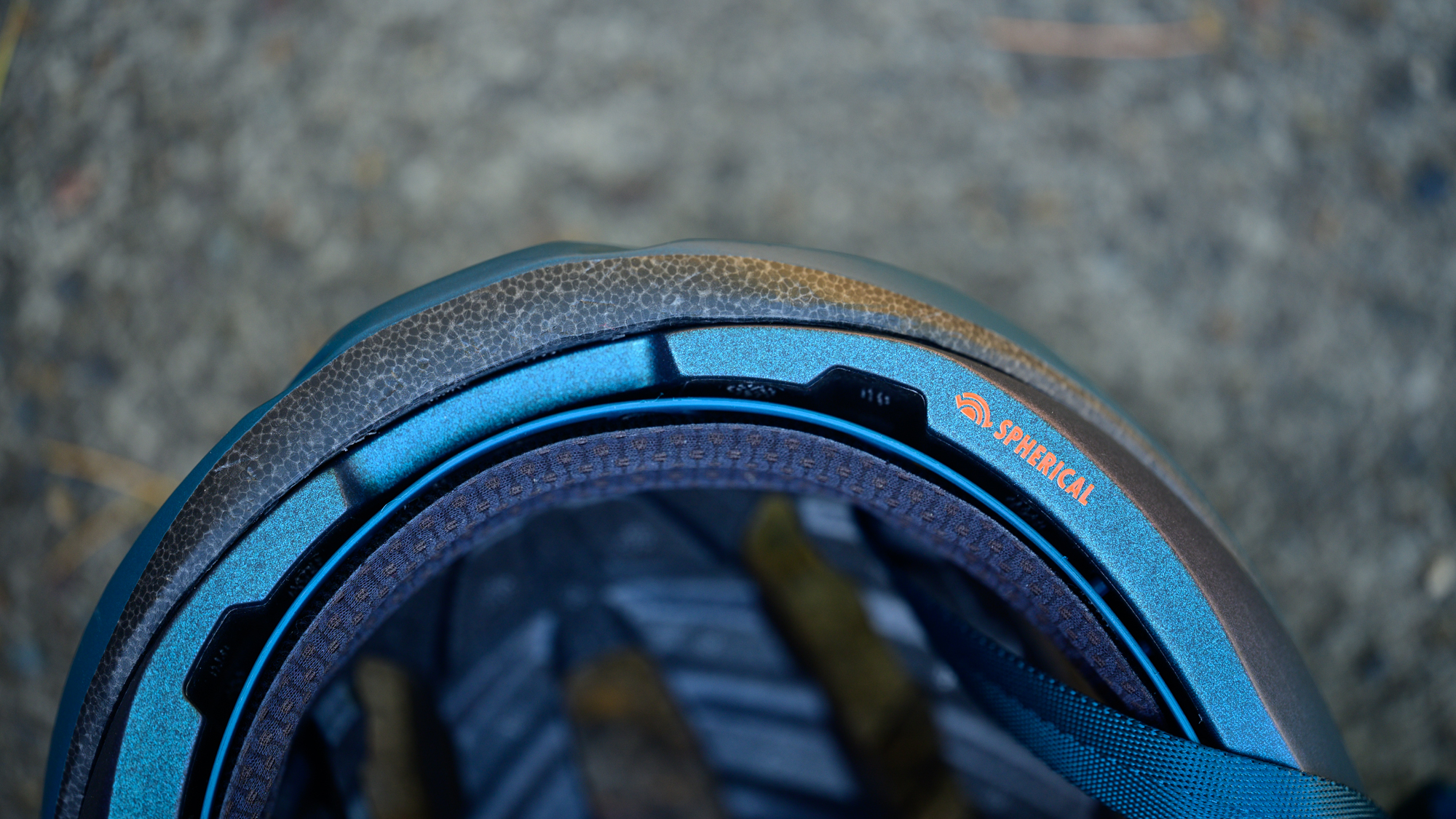
Performance
While Virginia Tech confirms the effectiveness of Spherical, I haven't tested it and I'd prefer to keep it that way. In the meantime, it's largely invisible to the rider. The only thing you have to be aware of with Spherical is how you push up the front of the helmet. Instead of blindly pushing anywhere, you will need to feel for a spot slightly off-centre to the left or right where the inner shell comes all the way to the edge of the outer. Push there and the whole helmet will move instead of only the outside.
Besides that, Spherical isn't what you feel when wearing the Giro Aries. Instead, the inner padding is what you feel and it's the best that Giro has ever made. Previous padding designs use a small tab at the front to attempt to help sweat drop in a specific spot. It's clever but it comes apart over time. With the Aries, Giro switched to the "Drycore" design.
Drycore is a fancy name for an embedded silicone bead within the brow padding. The idea is to channel sweat to the side but I don't find it all that effective in that context. When I tend to drip sweat I generally have the front of the helmet pointed down and the silicone won't channel sweat up. Despite that, the system is still one of the better padding systems on the market.
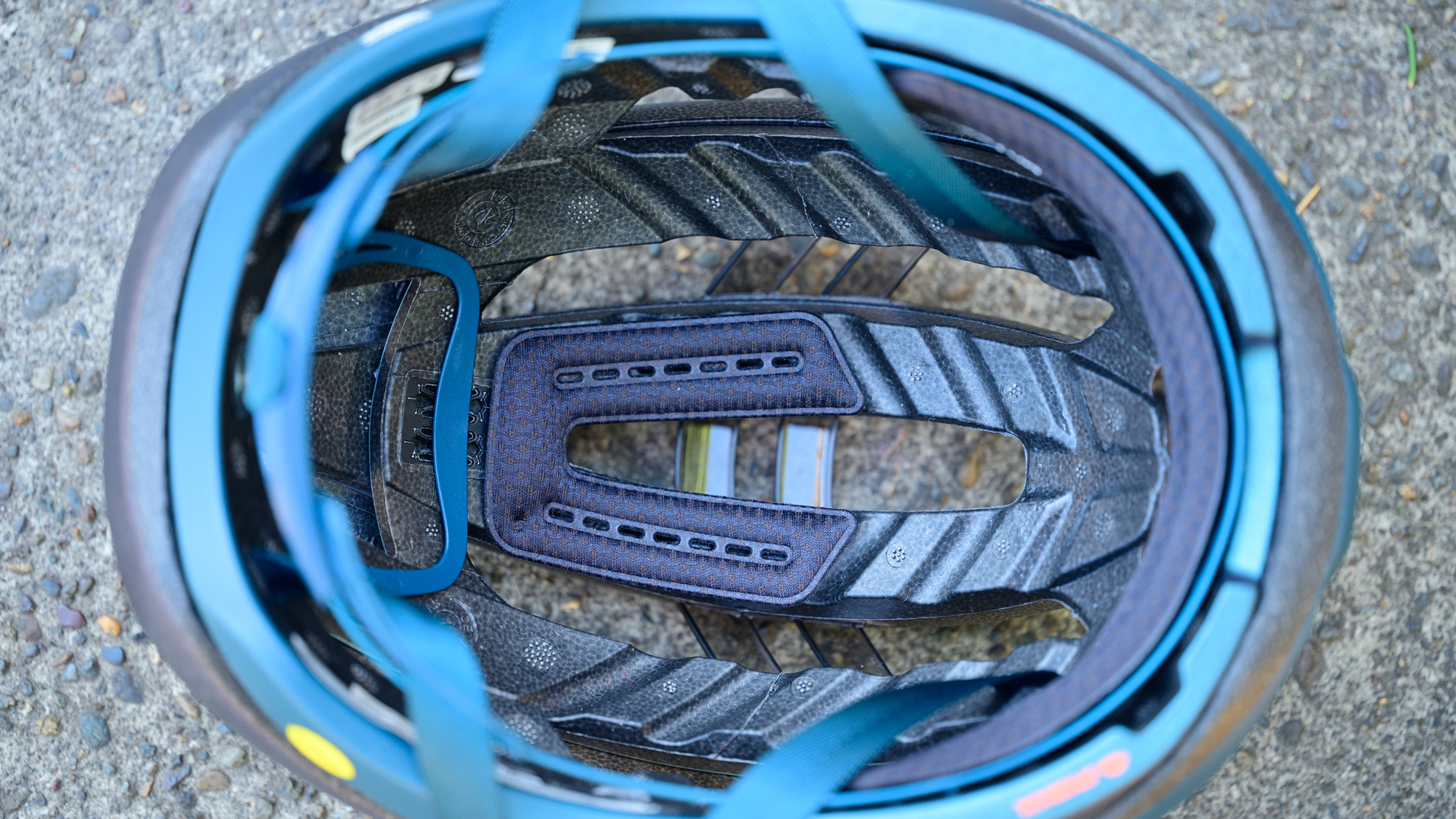
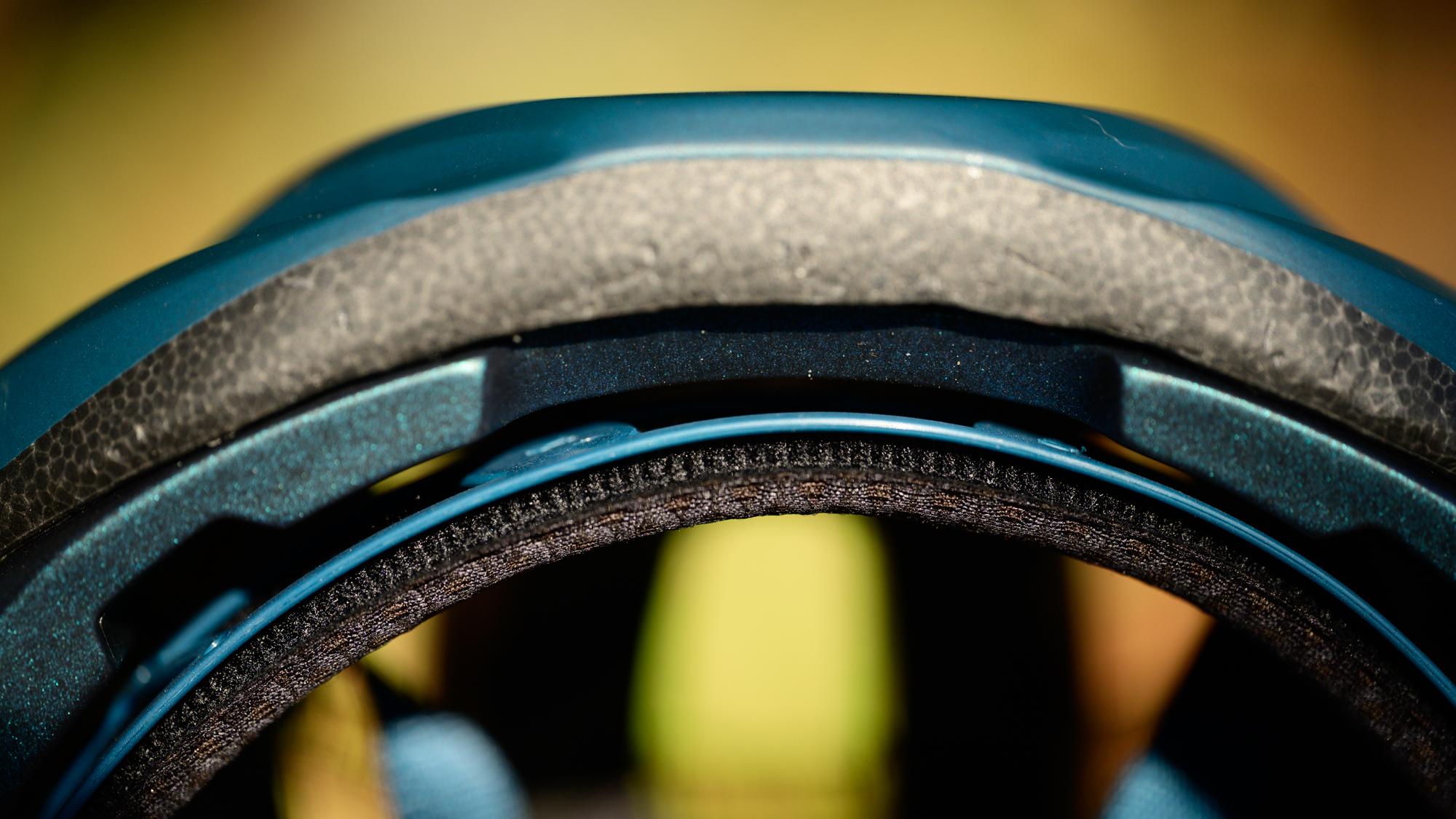
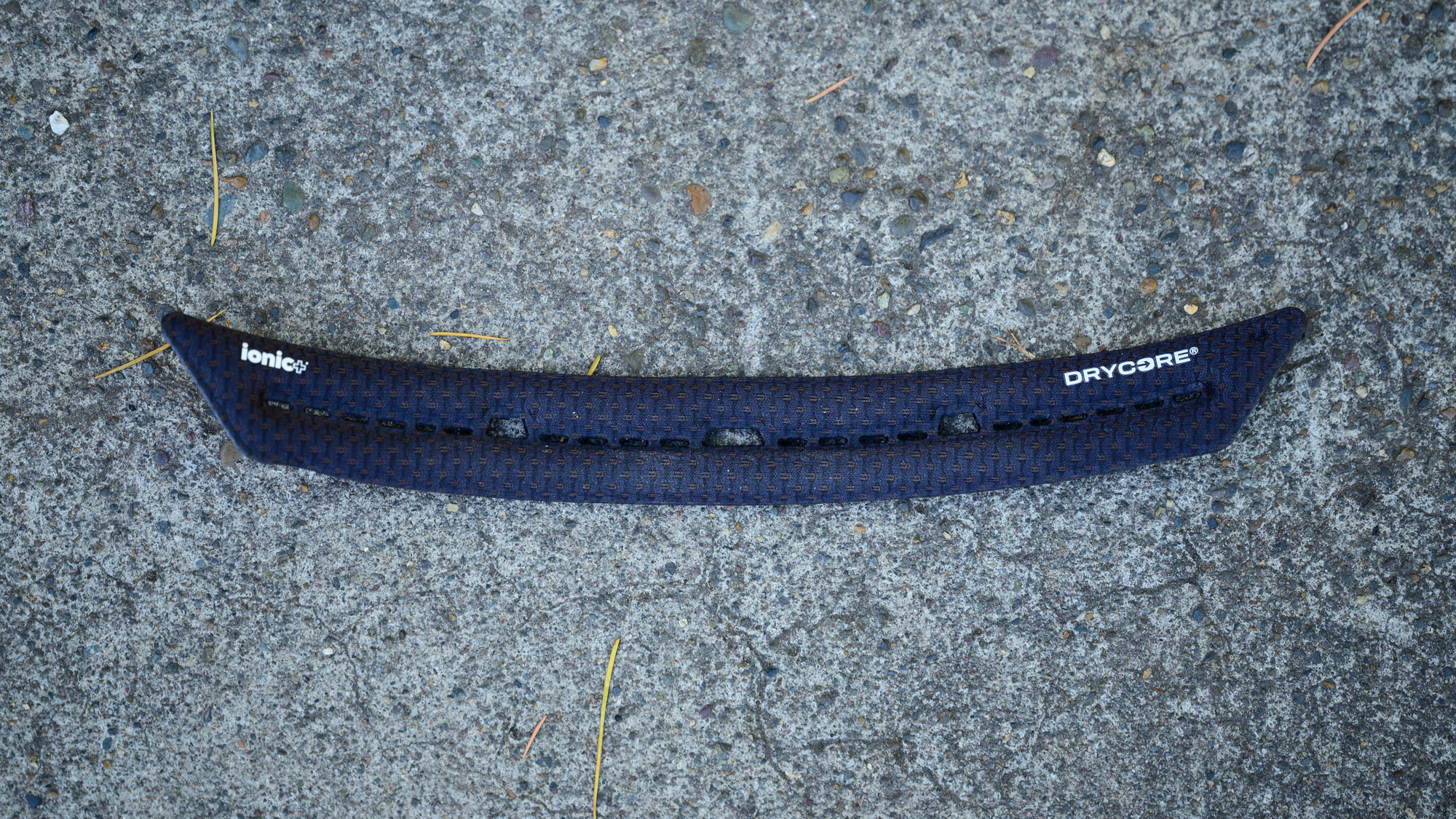
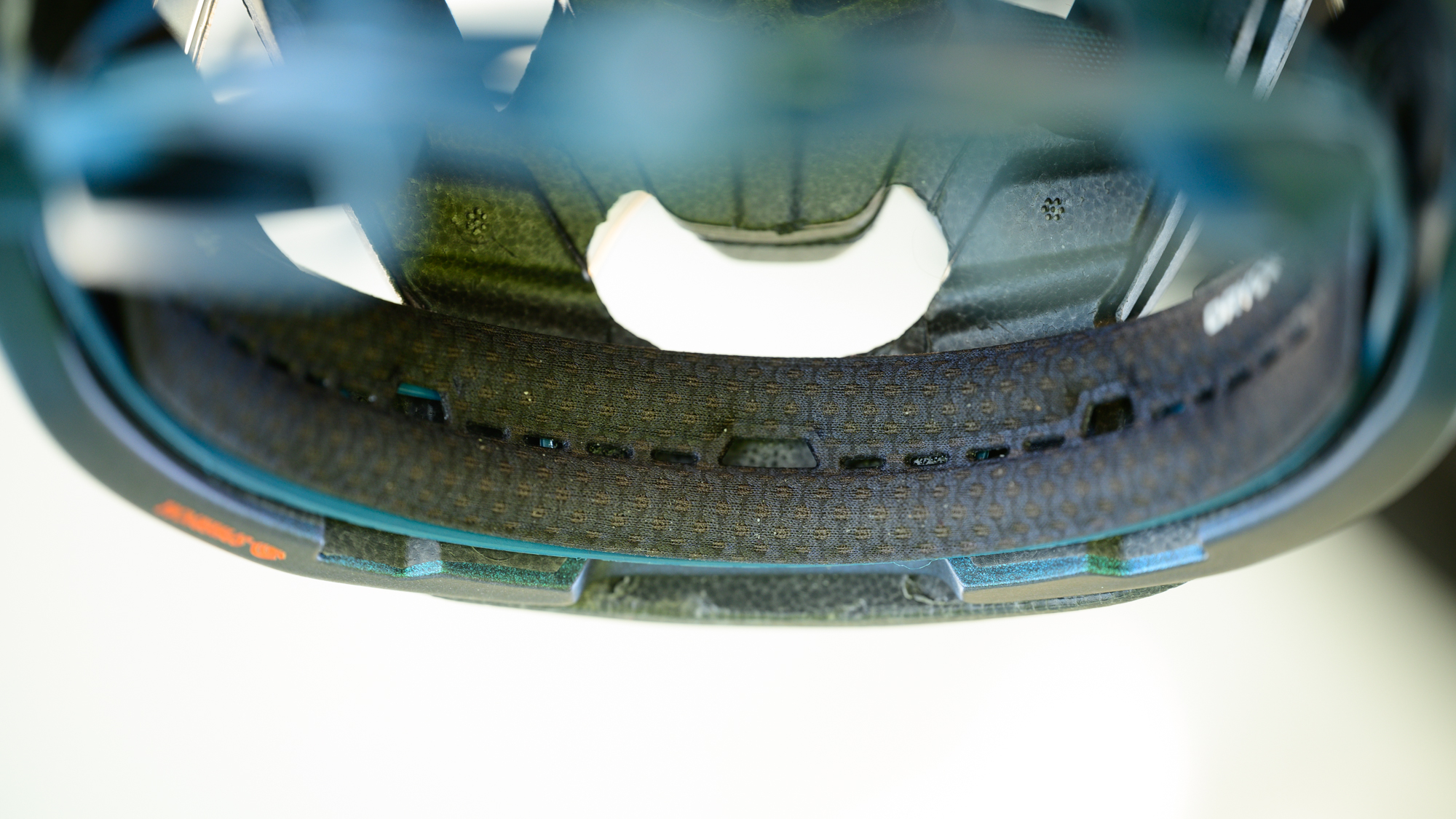
Actually the Drycore design is just one piece of an integrated internal design that starts with the Roc Loc 5+ Air fit system. This is the name for the rear cradle and tightening system and it isn't new to the Aries. What’s different about it is that the system doesn't anchor to the side of the helmet near the ears. Instead you won't find an anchor until near the temple and the structure then continues and wraps across the brow. That leaves the front of the Roc Loc as a floating support for the brow pad. There's plenty of room for cooling air behind it but there's also no need to continue the brow pad up. Instead, the brow pad is just a single strip. Sweat can’t travel down off upper sections of the pad and the silicone inside it makes for an extra comfortable and plush feel against your forehead.
The other thing you notice with the Giro Aries is the sensation of air against your scalp. I'm a big fan of aero helmets and, in general, I don't think that the Aries is a significant improvement compared to the best aero helmets. When you are moving, aero helmets have plenty of cooling. The Aries does have a different feel though.
As soon as you put it on, you can feel air against your head. If you find yourself riding in hot situations where you aren't moving that fast but you might be able to feel a breeze, this is fantastic. If you have less hair than me, that effect will be even more pronounced though you will also need to consider sun protection. Those with a ponytail will find plenty of room in the rear cradle to thread hair through, too.
The downside to the open vented design is that it does generate a bit of wind noise. It's not terrible but it's definitely something I've noticed in my time testing this helmet. It's impossible to know exactly where it's coming from but I suspect as the wind hits all those vents, it's not quite as channelled as a good aero helmet. If that's an issue for you, there are helmets that make less noise but this is a minor nitpick.
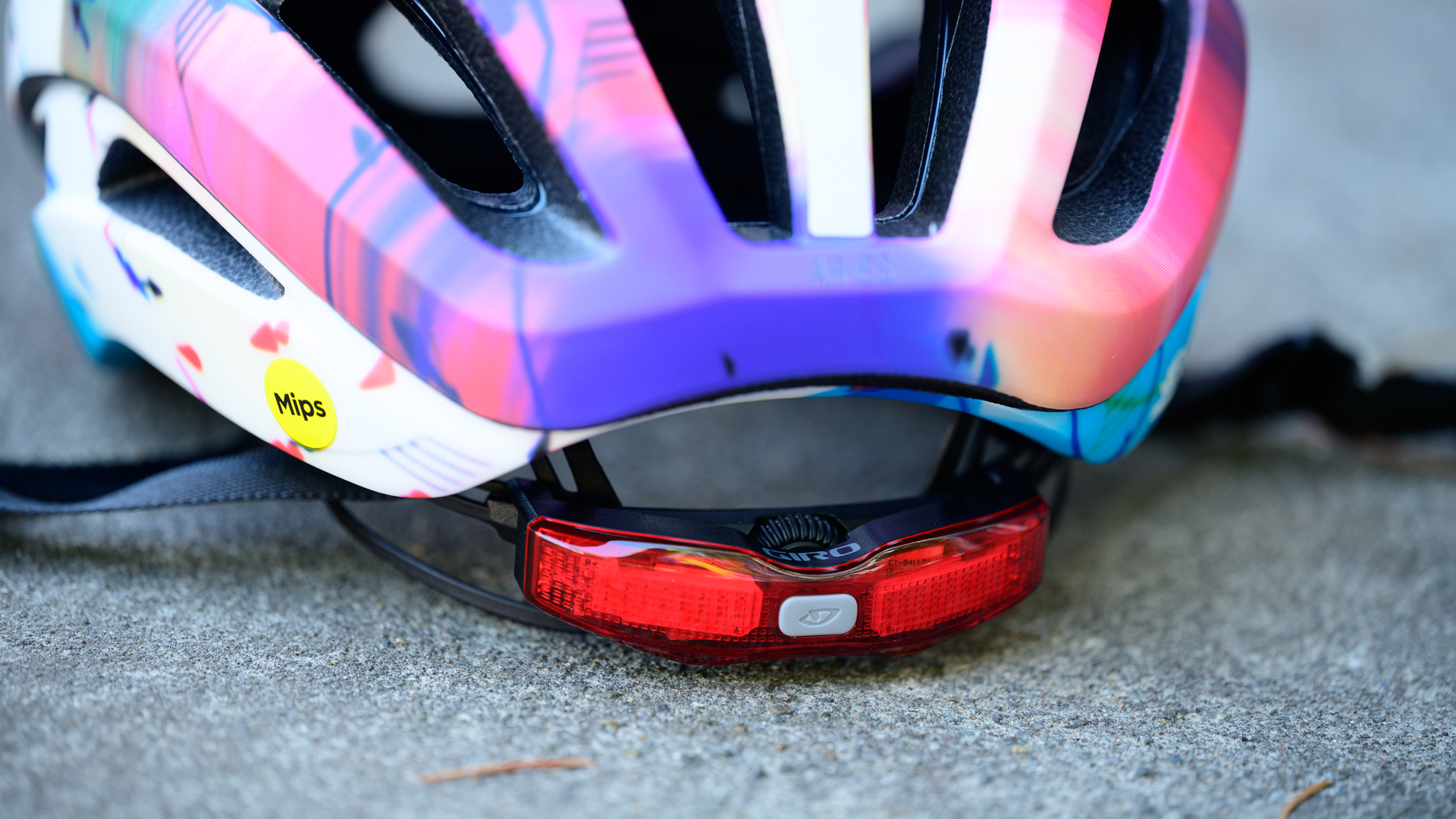

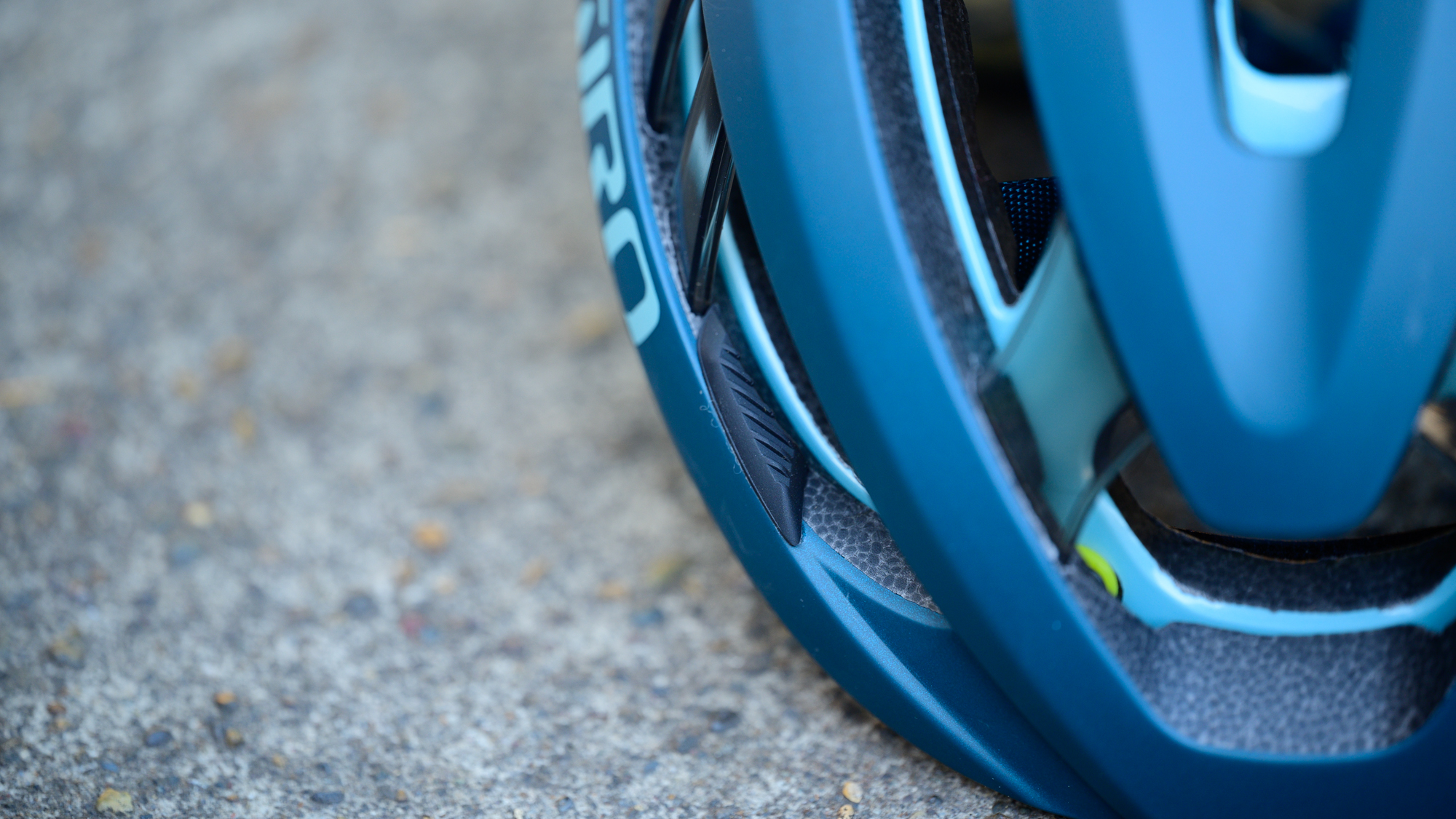
Verdict
The Giro Aries Spherical is one of the few top shelf helmets still available that sticks with a traditional silhouette. That means there's tons of venting for those who prefer to feel the air against their scalp even when not moving all that fast. It also happens to be the latest flagship helmet in the Giro lineup and that means it incorporates everything Giro has learned over the years.
When it comes to safety, you get the best helmet Virginia Tech has ever tested. There's also a big spot of highly reflective material at the rear of the helmet to help with passive safety. On top of that, there's no performance helmet on the market that has a better integrated light available and if that's important to you, the Aries might be worth consideration for that alone.
The Spherical design also allows Giro designers to think about the padding differently, and they have. The brow pad isn't connected to any other pads and there's a big strip of silicone inside of it. It may not always keep sweat out of your eyes but it helps and it's incredibly comfortable.
In general if you are considering the Aries, your biggest consideration will be conceptual. Do you want venting instead of aero? If so then look at the Aries and the Specialized Prevail 3. The two are incredibly close but Giro does win in the Virginia Tech testing. The ability to add an integrated light to the Giro helmet is unique but so is the ANGI system for Specialized. What is likely going to be the biggest differentiator is fit. Specialized helmets sit very high on the head and you'll have to decide if you like the feel of that more or prefer the way your head fits more into a Giro helmet.

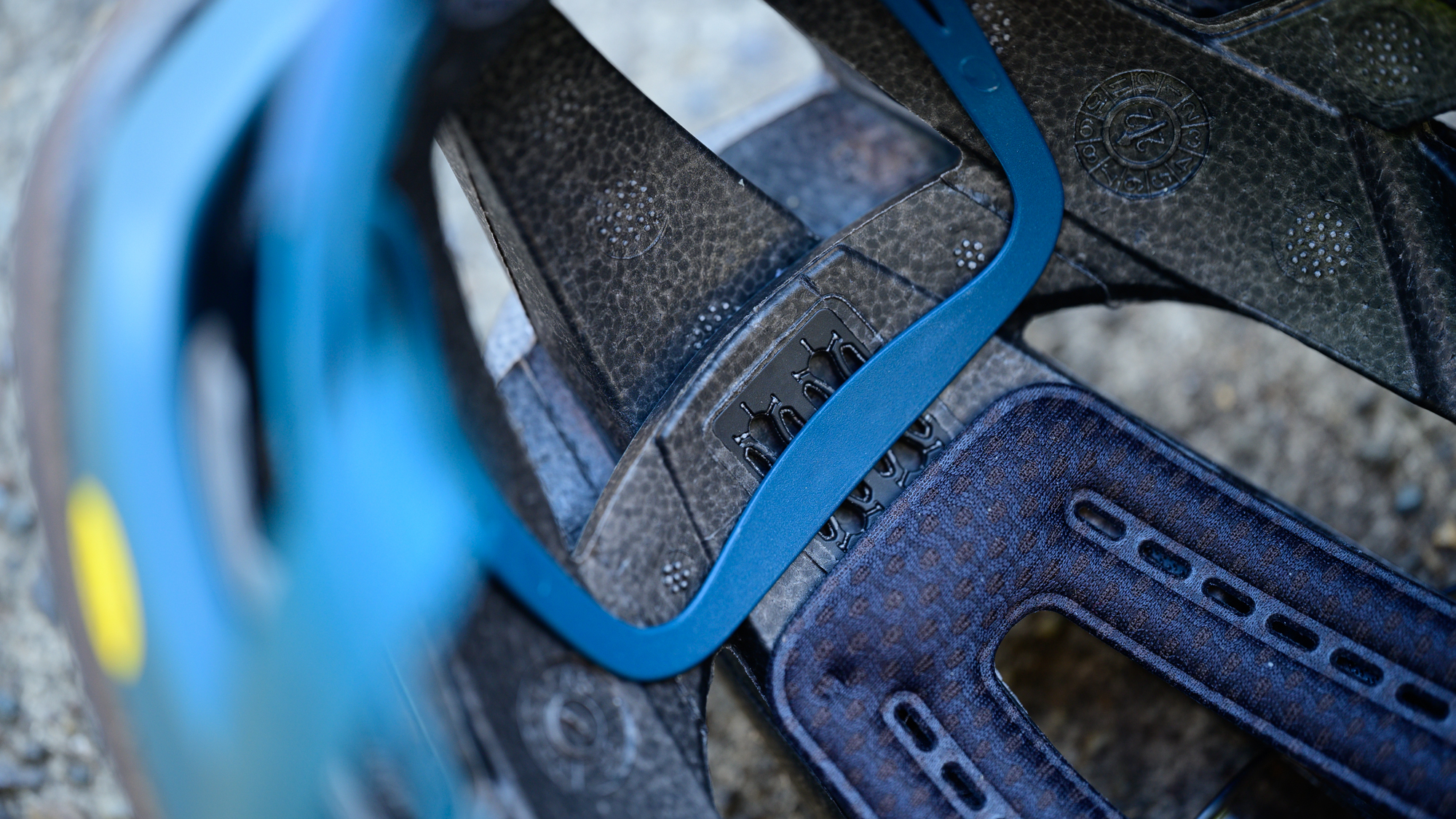
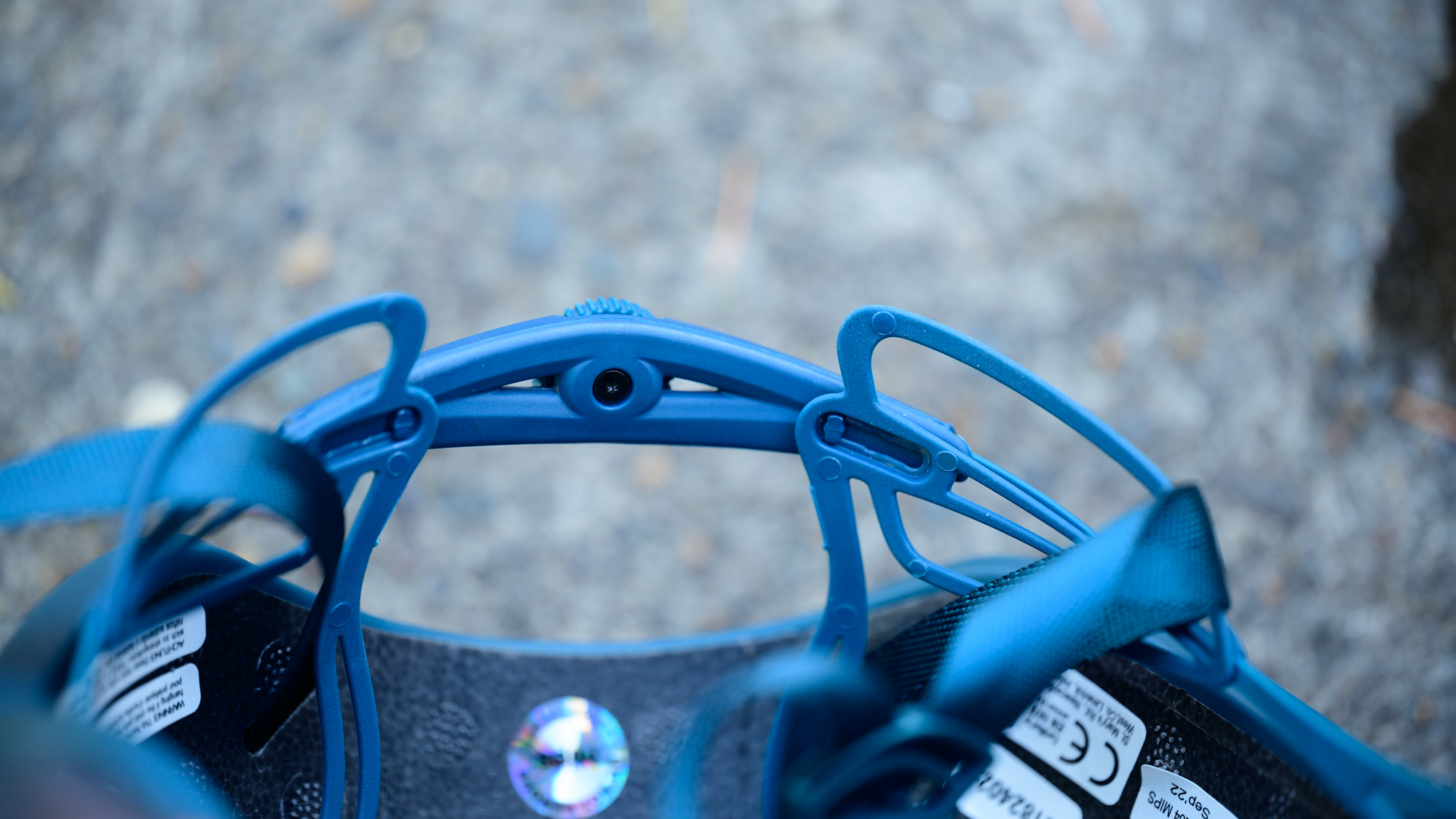
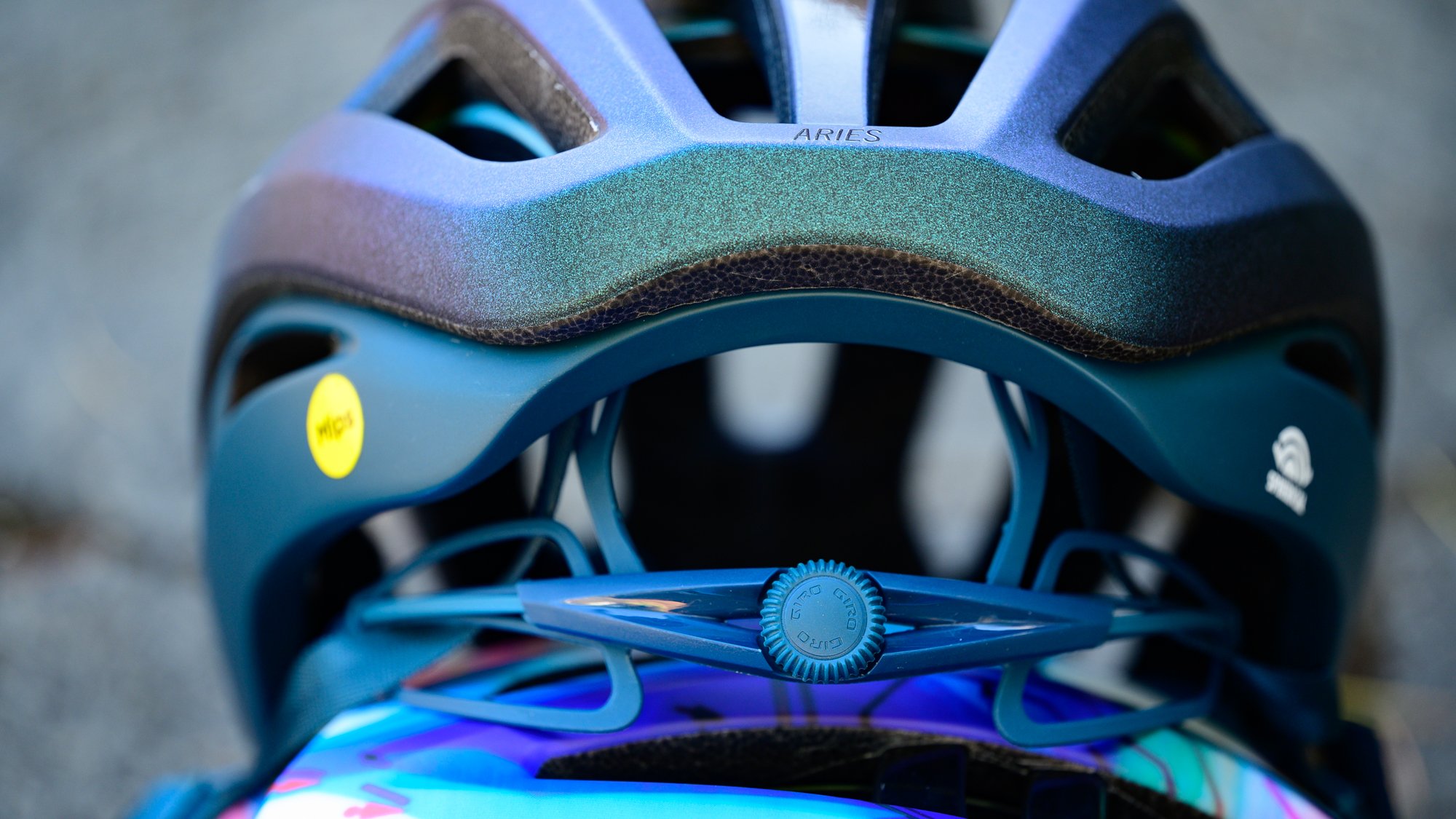
| Design and aesthetics | Right now I have the Canyon/SRAM special edition and it’s a beauty. In general, I like the colour options and I’m a fan of the overall shape of the helmet. I’d like to see it lighten up a little given how vented it is. | 9/10 |
| Comfort | I love the design of the padding. | 10/10 |
| Ventilation | Very open and highly vented | 10/10 |
| Safety | What’s better than #1 at Virginia Tech? Great passive safety options as well. | 10/10 |
| Value | Priced exactly where the market currently has top shelf performance helmets priced. It’s not a deal but it’s also not exorbitant. | 8/10 |
| Overall | Row 5 - Cell 1 | 94% |
Josh hails from the Pacific Northwest of the United States but would prefer riding through the desert than the rain. He will happily talk for hours about the minutiae of cycling tech but also has an understanding that most people just want things to work. He is a road cyclist at heart and doesn't care much if those roads are paved, dirt, or digital. Although he rarely races, if you ask him to ride from sunrise to sunset the answer will be yes.
Height: 5'9"
Weight: 140 lb.
Rides: Salsa Warbird, Cannondale CAAD9, Enve Melee, Look 795 Blade RS, Priority Continuum Onyx
